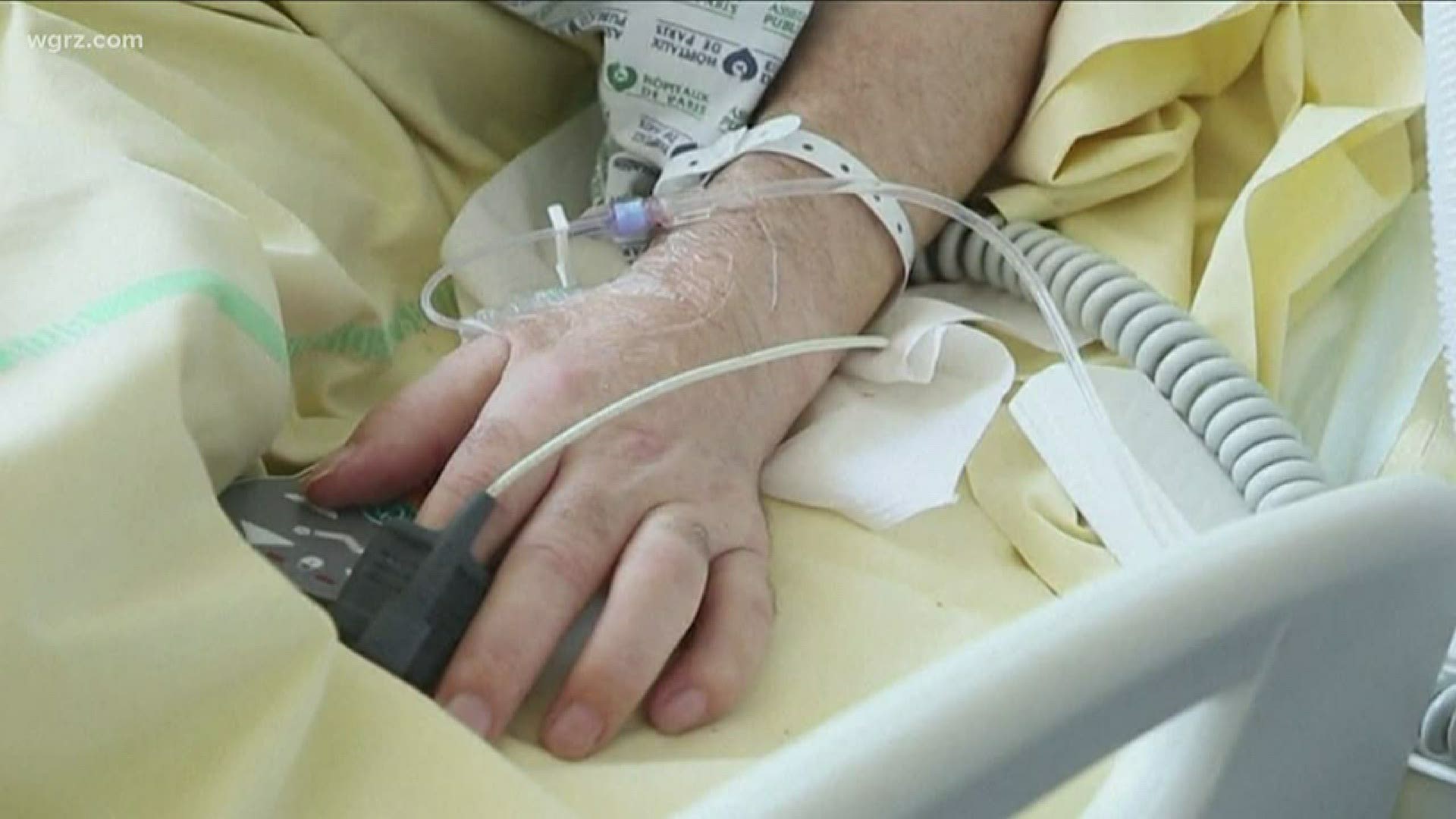BUFFALO, N.Y. — Erie County Health Commissioner Dr. Gale Burstein says the numbers released on Monday on hospitalization and ICU rates show this area still has quite a ways to go in combating coronavirus.
On Tuesday, Erie County Executive Mark Poloncarz tweeted that 247 COVID-19 patients were admitted to the hospital on April 19. That is the highest number so far in Erie County. There was a slight reduction in ICU beds, but an increase in airway assists. Eight people died on that day. According to the Erie County COVID-19 map, there have been 162 deaths in the county related to the coronavirus.
Poloncarz also tweeted that four times as many patients were admitted than discharged. He says the trend line is going in the wrong direction.
"I know people are thinking oh...we reached a plateau and we're okay now we can pull back from New York pause. But actually these are high numbers and you can see the trend is increasing the past couple of days. So we are not out of the woods," Burstein said.
People ages 70 and older still represent most fatalities, but they are seeing younger victims according to Erie County Executive Mark Poloncarz who says, "There have been individuals whom have perished in their in their 30's and 40's and their 50's. So we want people to understand that just because you're young doesn't mean you're invulnerable to this."
Then there were reports over the weekend that some people who were seen at the Quest Diagnostic testing site at the Cheektowaga Walmart were actually going into the store to shop after they were tested. They apparently ignored isolation orders.
"So if you get tested you shouldn't be bopping around town thinking like well I'll wait to get to my test results to determine if I have it. If you've been tested you have stay home," Poloncarz said.
On the positive side the county did get from the state additional testing equipment and testing supplies like swabs and reagents to allow for more tests.
And there is more coming with a million dollar order which includes 100,000 sample kits for antibody testing. That could cover about 10 percent of the county's population.
Finally more personal protection equipment again from the state has arrived for hospitals, nursing homes, and first responders to increase the safety margin on those medical front lines.

